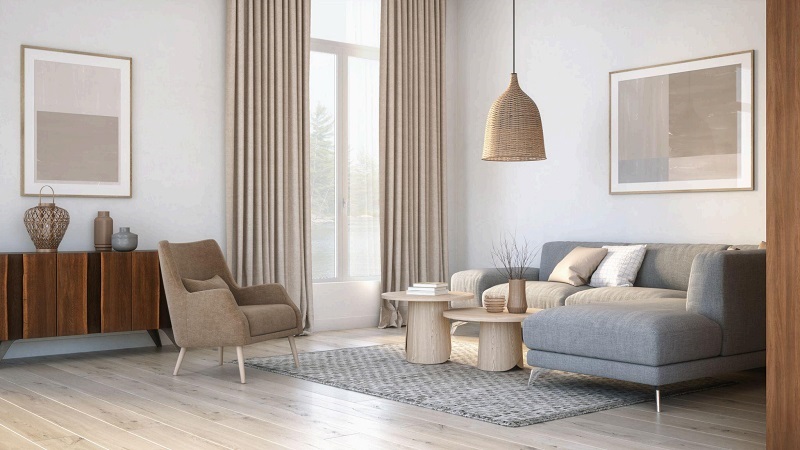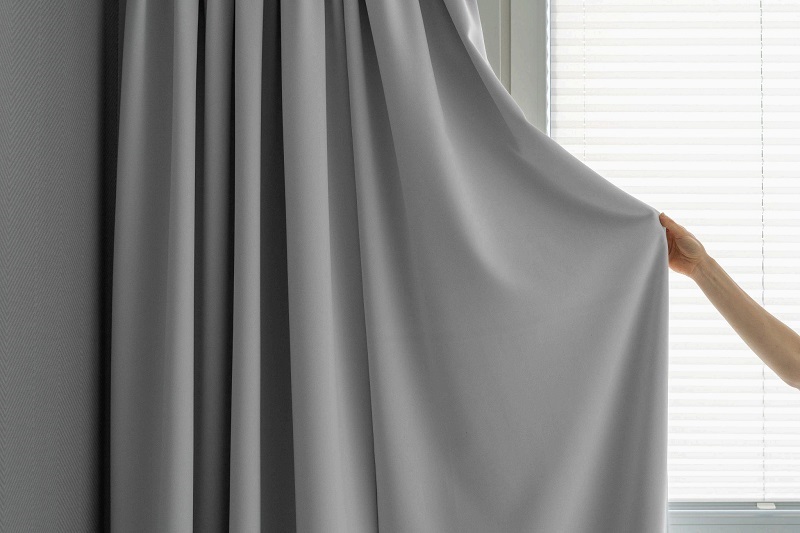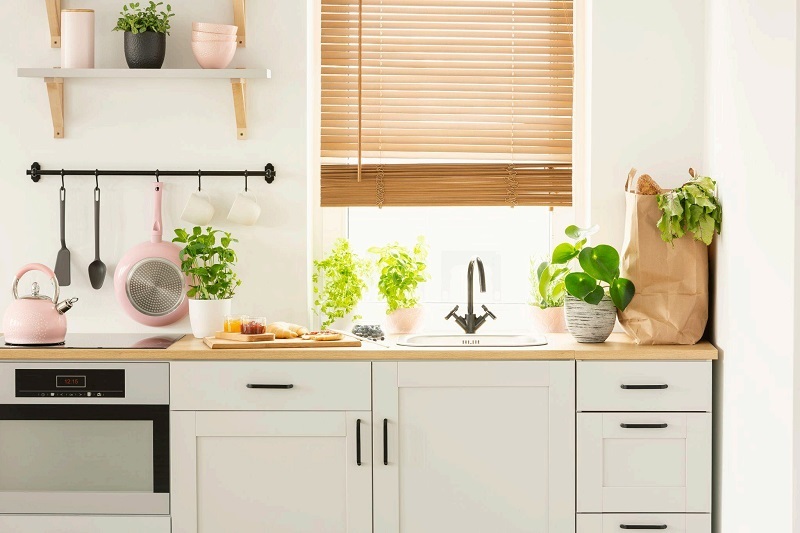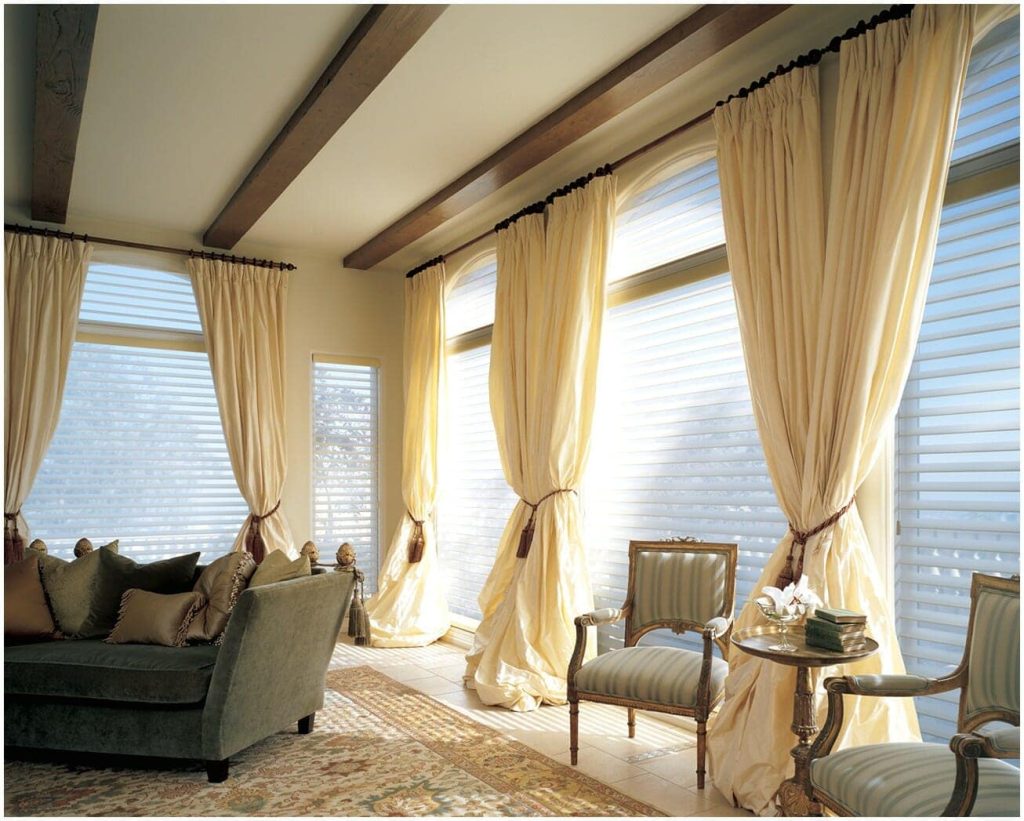Besides the obvious aesthetic reasons why a home needs window treatments, there are also other, more functional roles played by curtains, drapes, shutter, shades or solar panels. Most often overlooked, window treatments help not only increase your privacy, but also improve your UV protection and energy efficiency.
Do you know how much money you are saving just by installing the right window treatment? It could even be thousands, depending on the number of windows you have in the home!
Below are just three of the many ways the right window treatment can help you save money. But, we’re taking it a step further today. In the second section, we’ll be suggesting some Eco-friendly window treatments to help you make a more informed decision. So, stick around!

How window treatments help you keep more money in your wallet:
1. Energy Efficiency
It’s been found that a home loses nearly 50% of its cooling and heating energy through the windows. You can hear the sound of money flying out of your pockets, already. So, what you need to do is add more insulation to your home. But, considering the high cost of such an attempt, it’s much less expensive to have draperies, blinds or shades.
Keep them closed during hot, summer days or chilly, winter nights to help maintain the perfect home climate without having your furnace or air-conditioning unit work overtime or even non-stop. No matter the window treatment you choose, you’ll get some degree of temperature control.
However, for max energy efficiency, window treatments with cellular constructions (i.e. honeycomb shades) are more preferred. They will prevent heat from entering (in the summer) and the warm air from escaping (in the winter). This is because these window treatments have distinct pockets that trap the air.
Tip: You can also layer shades or blinds with drapes and have more climate control.
Related Articles:1. How to choose the best window treatment for my home.
2. How to match your window treatments with your design style.
2. Increased Privacy and Protection
Without a window treatment, your home’s valuable possessions will look like store window displays. This is dangerously inviting to people that would want to harm you. Burglars can easily enter and know exactly what to take and where to take it from.
One of the most common places with bare windows is the garage that allows potential robbers to take a quick peek and peer in to access your home and get a hold of your expensive valuables, including your car.
Needless to say, the selection of the family car speaks much of the status of its owner. So, if you drive around with a fancy car, aspiring burglars will assume the stuff inside your home match in value.

But, what can you do if you want to have privacy without making your home feel like a dungeon? Yes, some people feel like that with their windows completely drawn. In this case, you can install sheer window treatments that allow natural light to enter the room and offer protection against peeking eyes at the same time.
3. Protection from the harmful UV rays
While natural light enhances a room’s ambiance, it also brings the downside of UV damage to furniture, carpets, and wood flooring, causing them to fade and deteriorate prematurely. For most, replacing these items isn’t an option.
Original artwork on your walls is particularly vulnerable and irreplaceable. Once damage occurs, it’s often irreversible.
Notes: Blackout curtains are ideal in hot climates to deflect damaging UV rays, while thermal curtains are the go-to in colder environments to retain warmth. In temperate climates, enhance your room with decorative sheers for a gentle light effect, or install screen shades to filter out most UV rays and enjoy unobstructed outdoor views.
Eco-friendly window treatments
Eco-conscious homeowners appreciate window treatments made from natural fibers and recycled materials, as well as wood that’s been harvested from sustainable forests. Since indoor air quality is extremely important to most of us, choosing products that don’t emit dangerous chemicals is critical.
While all materials have some environmental footprint, options like hemp, silk, cotton, linen, and recycled polyester stand out as less harmful alternatives to vinyl, acrylic, polyester, PVC, and other petrochemical-based synthetics.
For those looking to avoid these, consider organic curtains and drapes, or explore the DIY route with organic fibres for a personalized touch.

Note: In the late 90s, vinyl or Venetian blinds were manufactured with lead additives, which, over time, could create lead dust due to exposure to sunlight and heat. This posed a significant health risk, particularly for children prone to putting their hands in their mouths after touching such surfaces.
Post-1996, manufacturers have adopted lead-free practices for blinds. If your blinds predate 1996 and you have young children, it’s safest to dispose of them properly. Seal them in a plastic bag and take them to a hazardous waste facility or place them in your regular trash. Also, it’s advisable to avoid buying second-hand blinds for safety reasons.
Final Notes:
1. For bedrooms, it is suggested you add window treatments such as shades, rollers, blinds or curtains with a light-blackout liner so you can enjoy a good night’s sleep without getting your circadian rhythms disrupted by passing vehicles, streetlights or the floodlight next door.
2. For families dealing with allergies or asthma, plantation-style shutters with broad slats are ideal due to their low dust accumulation and ease of cleaning, a stark contrast to high-maintenance velvet drapes. If you prefer curtains, go for easily washable materials. Considering the health, environmental, and financial benefits, choosing the right window treatment is crucial for both your well-being and your budget.
